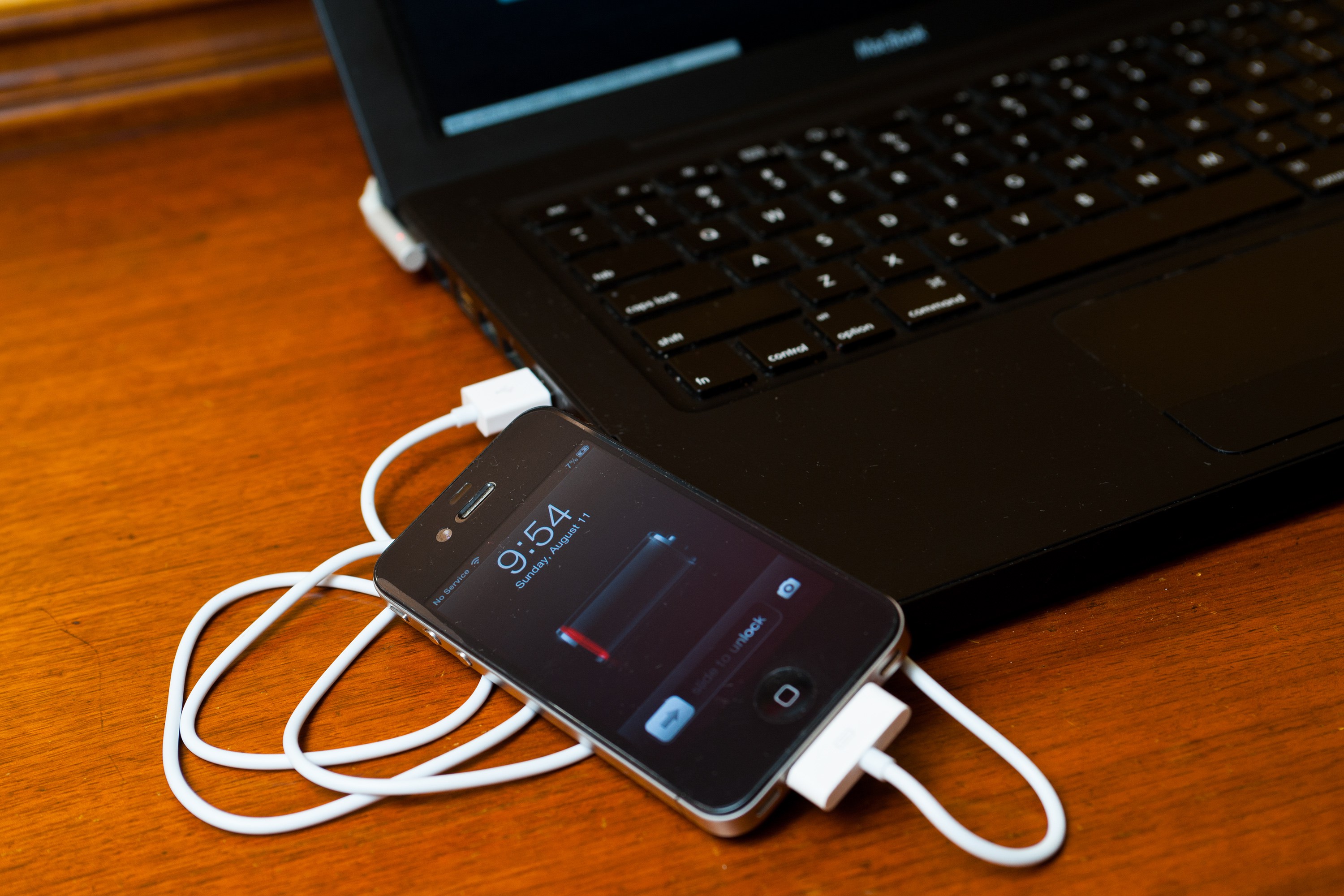Android Studio is an integrated development environment (IDE) for developing Android applications. It is a powerful tool that requires a lot of resources to run smoothly. However, not everyone has access to high-end computers with large amounts of RAM. If you have a 4GB RAM laptop and want to use Android Studio, there are some tips and tricks you can use to optimize your experience.
- Update Android Studio
The first step to optimizing your Android Studio experience on a 4GB RAM laptop is to ensure that you are using the latest version of the software. Each new version of Android Studio comes with performance improvements and bug fixes that can make a big difference in how the software runs on your computer.
- Adjust memory settings
Android Studio uses a lot of memory, which can cause performance issues on a 4GB RAM laptop. To optimize your experience, you can adjust the memory settings in Android Studio to use less RAM.
To do this, go to File > Settings > Appearance & Behavior > Memory Settings. Here, you can adjust the maximum heap size and the reserved code cache size. You can lower the maximum heap size to 512 MB or 1 GB and reserve 128 MB or 256 MB for the code cache.
- Close unnecessary programs
When you're running Android Studio on a 4GB RAM laptop, it's important to close any unnecessary programs to free up as much memory as possible. This includes web browsers, music players, and other software that you aren't using while you're working on your Android project.
- Use lightweight emulators
Android Studio comes with a built-in emulator that allows you to test your applications on a virtual device. However, this emulator can be resource-intensive, especially on a 4GB RAM laptop. To optimize your experience, consider using a lightweight emulator, such as Genymotion or Bluestacks.
- Use a physical device for testing
 If you have access to a physical Android device, consider using it for testing instead of relying on the emulator. Physical devices typically have more resources than a 4GB RAM laptop, which can result in a smoother experience.
If you have access to a physical Android device, consider using it for testing instead of relying on the emulator. Physical devices typically have more resources than a 4GB RAM laptop, which can result in a smoother experience.
- Use a lightweight version of Android Studio
If you're still experiencing performance issues after trying these optimizations, consider using a lightweight version of Android Studio. For example, you can use IntelliJ IDEA Community Edition with the Android plugin, which is a lightweight alternative to Android Studio that requires less resources.
In conclusion, using Android Studio on a 4GB RAM laptop is possible, but it requires some optimizations to ensure a smooth experience. By updating Android Studio, adjusting memory settings, closing unnecessary programs, using lightweight emulators, testing on a physical device, and using a lightweight version of Android Studio, you can develop Android applications even on a low-end computer.



